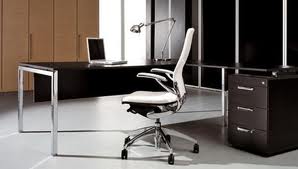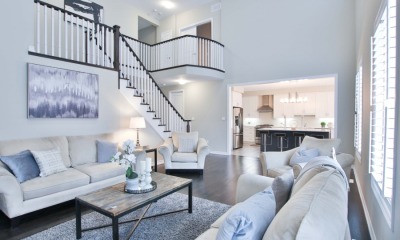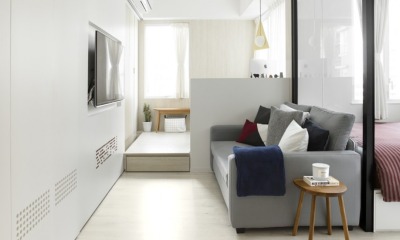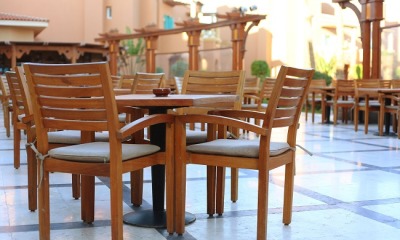Home Improvement
Making The Most Out Of Furniture In The Workplace

The arrangement and style of furniture in the office workspace is an incredibly important factor in terms of employee productivity and satisfaction. It may also improve the status of the office space. This article explores several ways to maximise furniture usage.
1. Chairs and Desks
Seeing as these are where most people spend their time within an office, it is essential that desks and chairs are used effectively and responsibly. Employees should be able to enjoy ergonomic chairs and desks which enable them to sit up straight and use the space provided without getting back injury or pain. The arrangement of desks really depends on the nature of the work you are doing. However it is important for employee’s to be able to see one another during their work so they can ask questions and also be encouraged by the work of the people around them. The increasing trend for hot-desking in the UK means desk spaces need to be minimal and adaptable to the needs and requirements of multiple users.

2. Open Plan or Closed
Over recent years there has been an increasing trend for open plan offices in the UK. This is partly because space constraints have restricted the capabilities and flexibility of furniture at work. However there is another reason for this important development. It allows employees to interact with one another, whilst their behaviour at work can be monitored by bosses to ensure they are working hard and there is an overall sense of group encouragement which comes as a result of an open plan workspace.
3. Interaction
The Mathematician Allan Turing designed a research building in which the layout forced researchers and students to meet each other as much as possible in corridors and hallways because he felt this was a very important part of productive research. Similarly creative advertising agencies encourage employees to congregate round central hubs for coffee breaks in order to talk about their work and inspire one another. Furniture at work should include a central hub for inspiration containing stools or comfy seating in which employees can hold impromptu meetings; an incredibly important factor within any workspace, especially within creative industries.
4. Define Spaces for Relaxation
All employees need a break from time to time and it is important that they have a space which is neutral and allows them to forget about work. A lunch space with comfy seating and space to prepare and eat food is an important area. If the furniture design is slightly different from the workspace this may help employees to relax during breaks and come back to work more energized and productive.
5. Accessories
Simple inexpensive accessories can go a long way to improving the atmosphere within a workspace. Pot plants bring a feeling of life into the room and strategic paintings will help improve the atmosphere and grandeur of an office space.
AUTHOR BIO
Idania Silvia has been writing about interior design and commercial property improvements for over three years. Idania writes regularly for a range of newspapers, magazines, trade journals and online media and has been recently working on several special features on how the layout of furniture at work can improve employee productivity and satisfaction.
-

 Tech11 years ago
Tech11 years agoCreating An e-Commerce Website
-

 Tech11 years ago
Tech11 years agoDesign Template Guidelines For Mobile Apps
-

 Business6 years ago
Business6 years agoWhat Is AdsSupply? A Comprehensive Review
-

 Business10 years ago
Business10 years agoThe Key Types Of Brochure Printing Services
-

 Tech8 years ago
Tech8 years agoWhen To Send Your Bulk Messages?
-

 Tech5 years ago
Tech5 years ago5 Link Building Strategies You Can Apply For Local SEO
-

 Law5 years ago
Law5 years agoHow Can A Divorce Lawyer Help You Get Through Divorce?
-

 Home Improvement6 years ago
Home Improvement6 years agoHоw tо Kеер Antѕ Out оf Yоur Kitсhеn









































